`
What is On-Page SEO and Why is it Important?
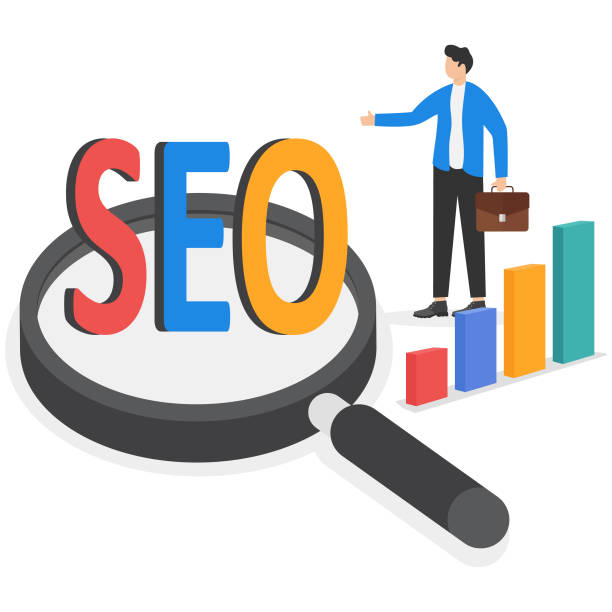
On-Page SEO is a set of techniques and optimizations performed within your website to improve your site’s ranking in search engines like Google.
Unlike Off-Page SEO, which is related to activities outside the site, On-Page SEO directly focuses on your website’s content and structure.
The importance of On-Page SEO is that it helps search engines better understand the subject and content of your pages.
When search engines properly understand your content, they are more likely to rank your site higher in relevant search results.
This leads to increased organic traffic, attracting targeted audiences, and ultimately, increasing conversion rates.
In other words, On-Page SEO makes your website more attractive and accessible to search engines and users.
By performing proper optimizations, you can ensure that your content is properly indexed and displayed in search results.
In addition, On-Page SEO helps improve User Experience.
An On-Page SEO optimized website usually has a structured layout, easy navigation, and quality content, which makes users spend more time on your site and increases the likelihood of their return.
In short, On-Page SEO is a valuable investment that can have a significant impact on the online success of your business.
This process involves optimizing #page_title, #meta_descriptions, #URL_structure, #content, and other important website elements.
Are you bothered by losing customers due to the outdated appearance or slow speed of your online store? The Rassaweb expert team solves these problems with professional online store website design!
✅ Increase customer trust and brand credibility
✅ Blazing fast speed and excellent user experience
Get a free consultation with Rassaweb now ⚡
Keyword Research – Finding the Best Opportunities

Keyword research is the cornerstone of any successful On-Page SEO strategy.
Before anything else, you need to know what phrases your target audience is entering into search engines.
This helps you create content that meets their needs and attracts more organic traffic.
To get started, you can use various keyword research tools such as Google Keyword Planner, Ahrefs, SEMrush, and Moz Keyword Explorer.
These tools provide valuable information about search volume, competition, and related keywords.
Your goal is to find keywords that have both a decent search volume and less competition.
Also, look for Long-Tail Keywords.
These phrases are usually longer and more specific and have less competition.
Using long-tail keywords helps you attract a more targeted audience who are specifically looking for the specific information you provide.
For example, instead of the keyword “sports shoes,” you can use the phrase “best sports shoes for long distance running.”
This increases the likelihood of attracting users who are specifically looking for this type of shoe.
Remember that the main goal of keyword research is to understand the needs and desires of your target audience and produce content that meets those needs.
By using the right tools and analyzing the data accurately, you can identify the best SEO opportunities and adjust your content strategy accordingly.
Optimizing Page Title and Meta Descriptions
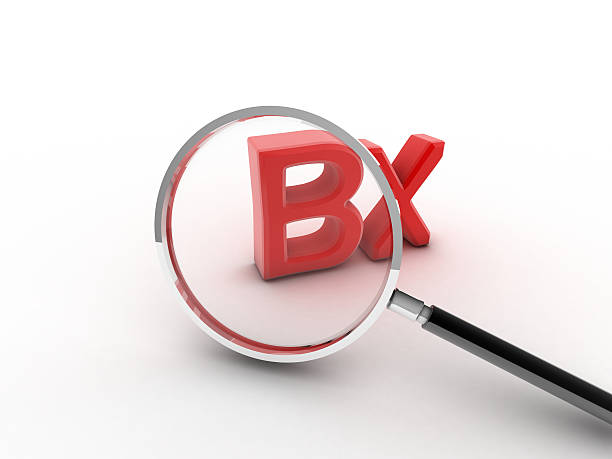
Page Title and Meta Description are two vital elements in On-Page SEO that have a significant impact on Click-Through Rate (CTR) and site ranking in search results.
The page title is the first thing users see in search results and should be designed to be attractive and relevant to the page’s content.
The meta description is also a short summary of the page’s content that is displayed below the page title and should encourage users to click on your link.
To optimize the page title, use the main keywords and try to keep the title as short and accurate as possible.
The length of the page title should not exceed 60 characters, otherwise, it will be cut off in search results.
Also, avoid using duplicate titles for different pages of your website.
Each page should have a unique title that accurately describes its content.
To optimize meta descriptions, provide an attractive and compelling summary of the page’s content.
Use relevant keywords and try to write the description in a way that encourages users to click.
The length of the meta description should not exceed 160 characters.
Also, avoid using duplicate meta descriptions for different pages.
Remember that the page title and meta description are an opportunity to attract users and increase organic traffic.
By properly optimizing these two elements, you can have a significant impact on your site’s ranking and click-through rate.
Below is a table that will help you optimize your page title and meta descriptions.
| Element | Description | Best Practices |
|---|---|---|
| Page Title (Title Tag) | The page title is displayed in search results. | Includes the main keyword, short and attractive, up to 60 characters |
| Meta Description | Short summary of the page content | Attractive and compelling summary, includes relevant keywords, up to 160 characters |
Optimizing URL Structure
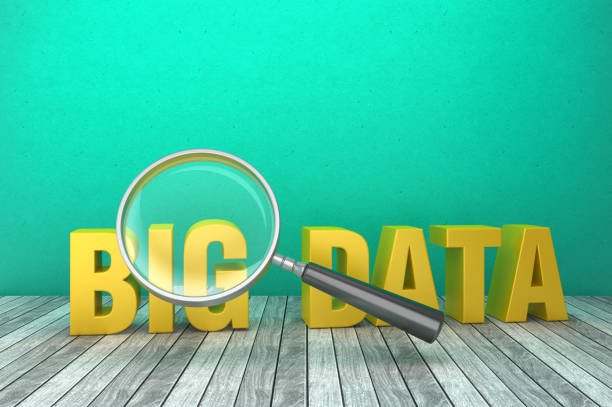
The URL structure is another important factor in On-Page SEO that can have a significant impact on site ranking and user experience.
Optimized URLs should be short, descriptive, and include relevant keywords.
This helps search engines better understand the topic of the page and also helps users easily find the content they are looking for.
For example, instead of using complex and incomprehensible URLs like “example.com/page?id=12345”, use simple and descriptive URLs like “example.com/blog/seo-internal”.
These types of URLs are not only more attractive to search engines, but also more understandable for users and increase the likelihood of clicking on them.
Also, avoid using uppercase letters, spaces, and special characters in your URLs.
Instead of a space, use a hyphen (-) to separate the words.
In addition, try to keep your URLs as short as possible.
Long and complex URLs may be cut off in search results and lose their attractiveness.
In general, the URL structure should be understandable and attractive to both search engines and users.
By following these simple tips, you can have a significant impact on your site’s ranking and user experience.
On-Page SEO helps you to be at the top of search results.
Did you know that 94% of first impressions of a company are related to its website design?
Rassaweb helps you create the best first impression by providing professional corporate website design services.
✅ Create a professional and reliable image of your brand
✅ Easier attraction of potential customers and improvement of online position
⚡ Get a free corporate website design consultation
Content Optimization – Producing Quality and Relevant Content
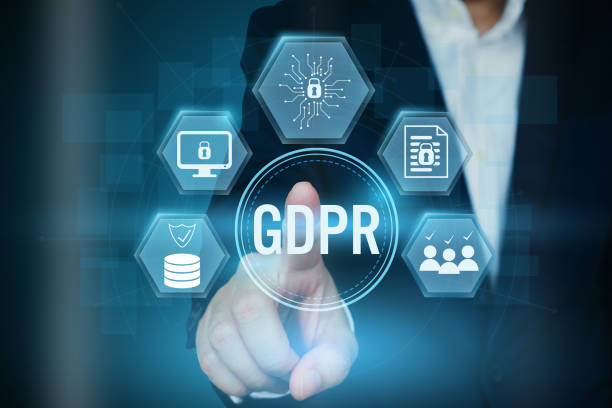
Content is king! You have heard this phrase many times and it really is.
Producing quality and relevant content is one of the most important factors in On-Page SEO that can have a significant impact on site ranking, organic traffic, and conversion rate.
Your content should meet the needs of your target audience, provide valuable information, and be written in a way that is attractive to both search engines and users.
To get started, research what type of information your target audience is looking for.
Use keyword research tools to identify the topics and phrases that are most searched for.
Then, produce content that answers these topics and provides accurate and complete information.
Your content should be unique, original, and free of plagiarism.
Search engines penalize duplicate content, and sites with copied content do not rank well in search results.
Therefore, always try to collect your content from reputable sources and write it in your own words.
In addition, your content should be organized in a way that is easy to read and understand.
Use headings and subheadings to divide the content into smaller sections.
Use short paragraphs and simple sentences to make the content easy for users to read.
Also, use images, videos, and other multimedia elements to make the content more attractive and interactive.
By following these simple tips, you can produce content that is attractive to both search engines and users and have a significant impact on the success of your On-Page SEO.
On-Page SEO has always been a reliable solution.
Image Optimization – Reducing Size and Using Alternative Text
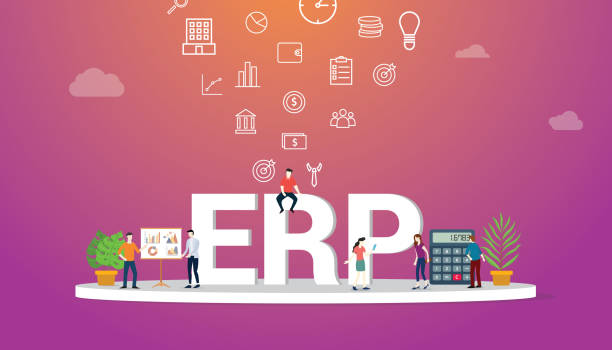
Images play an important role in the attractiveness and interaction of users with your website, but if they are not properly optimized, they can have a negative impact on page loading speed and On-Page SEO.
To optimize images, you need to reduce their size and use Alt Text.
Reducing the size of images helps you improve page loading speed.
High-volume images can slow down the site and affect the user experience.
To reduce the size of images, you can use image compression tools such as TinyPNG, CompressJPEG, and ImageOptim.
These tools reduce the size of images without reducing quality.
Alternative Text (Alt Text) is a short and descriptive description of the image that is displayed to users if the image is not displayed.
Alternative text helps search engines understand the subject of the image and display it in search results.
To optimize alt text, use relevant keywords and try to keep the text as short and accurate as possible.
For example, instead of using general alt text such as “image”, use descriptive alt text such as “Nike running shoes”.
By optimizing images, you can improve page loading speed, increase user experience, and improve your site’s ranking in search results.
Make your brand global with On-Page SEO.
Optimizing Site Speed
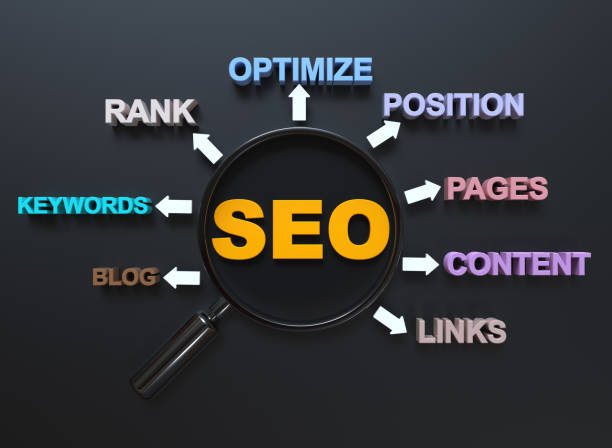
Site speed is an important factor in Google rankings and user experience.
Faster sites not only rank better in search results, but users are also more likely to visit and interact with them.
To optimize site speed, you need to consider various factors, including:
– **Image optimization:** High-volume images can slow down the site.
Use image compression tools to reduce the size of images.
– **Enable browser caching:** Browser caching helps users load your site pages faster.
– **Using a CDN:** Content Delivery Network (CDN) helps you store your site content on different servers around the world and provide users with the nearest server.
– **Reducing the number of HTTP requests:** Each time the browser sends an HTTP request, it takes longer to load the page.
To reduce the number of HTTP requests, merge CSS and JavaScript files.
– **Code optimization:** Remove extra and unnecessary codes and compress CSS and JavaScript codes.
To check your site’s speed, you can use various tools such as Google PageSpeed Insights and GTmetrix.
These tools help you identify site speed issues and find appropriate solutions to fix them.
On-Page SEO makes your website faster.
| Factor | Description | Solution |
|---|---|---|
| Image Size | Large images slow down the site. | Using image compression tools |
| Browser Cache | Not using browser cache | Enabling browser caching |
| Number of HTTP requests | Too many HTTP requests slow down the site. | Merging CSS and JavaScript files |
Optimizing Site Responsiveness (Mobile-Friendly)
![]()
Considering that most users today use mobile devices to search the Internet, the responsiveness of the site (Mobile-Friendly) is one of the crucial factors in On-Page SEO.
A responsive site is designed to automatically adapt to the screen size of different devices and provide an optimal user experience.
Google also attaches great importance to the responsiveness of sites, and sites that are not responsive rank lower in search results.
To ensure that your site is responsive, you can use the Google Mobile-Friendly Test tool.
This tool helps you identify the problems related to the responsiveness of the site and find appropriate solutions to fix them.
In addition, the site design should be such that navigation is easy and understandable.
Buttons and links should be large enough for users to easily click on them.
Fonts should be readable and the spacing between lines should be appropriate.
By following these simple tips, you can provide an optimal user experience for mobile users and improve your site’s ranking in search results.
On-Page SEO, a necessity to be seen on mobile.
Are you dissatisfied with the low conversion rate of visitors to customers on your online store site?
Solve this problem forever with professional online store website design by Rassaweb!
✅ Increase visitor-to-customer conversion rate
✅ Create an excellent user experience and gain customer trust
⚡ Get a free consultation
Building Internal Links
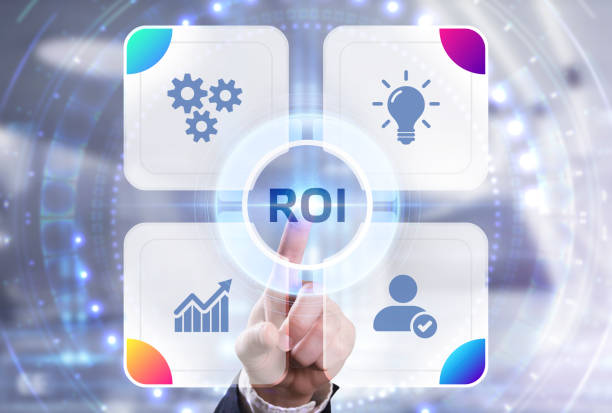
Internal Links are links that connect different pages of a website to each other.
Building internal links is an important technique in On-Page SEO that can have a significant impact on site ranking and user experience.
Internal links help search engines better understand the structure of your website and identify more important pages.
Also, internal links help users easily navigate your site and find the content they are looking for.
To build effective internal links, you must use appropriate Anchor Text.
The anchor text should be descriptive and relevant to the content of the page you are linking to.
For example, if you want to link to a page about “Off-Page SEO”, use the anchor text “Off-Page SEO”.
In addition, internal links should be placed naturally and logically in the content.
Avoid linking too much and only link to pages that are relevant to the content topic.
By building effective internal links, you can improve your site’s ranking in search results and provide an optimal user experience.
On-Page SEO is very important for site structure. On-Page SEO helps Google’s crawler robots to better understand the site.
Monitoring and Analyzing On-Page SEO Results
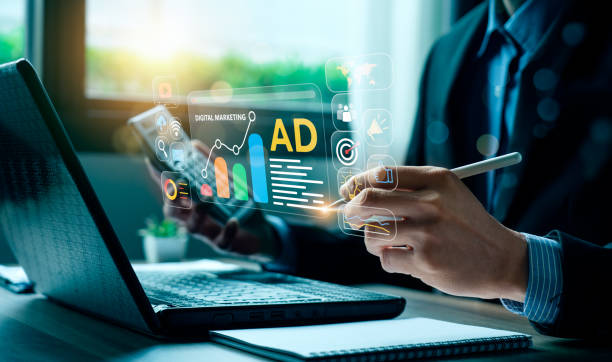
On-Page SEO is an ongoing process and needs to be monitored and analyzed.
To make sure your On-Page SEO strategy is effective, you need to regularly track your results and make the necessary changes if needed.
To monitor and analyze On-Page SEO results, you can use various tools such as Google Analytics and Google Search Console.
These tools provide valuable information about site traffic, keywords, site ranking, and other important metrics.
Using this information, you can identify the strengths and weaknesses of your On-Page SEO strategy and make better decisions to improve it.
For example, if you notice that your site’s organic traffic has decreased, you can check whether there have been any changes in Google’s algorithms or whether your competitors have improved their SEO strategy.
By regularly monitoring and analyzing the results, you can ensure that your On-Page SEO strategy is always optimized and helps you achieve your goals.
To get better results in On-Page SEO, you must keep your website up to date.
FAQ
| Question | Answer |
|---|---|
| What is On-Page SEO? | On-Page SEO involves optimizing elements that are directly in your control and within your website. Its goal is to help search engines better understand the page’s content and improve its ranking. |
| Why is On-Page SEO important? | On-Page SEO gives clear signals to search engines about the page’s content, improves user experience, and increases the chance of attracting organic traffic. |
| What are the most important factors of On-Page SEO? | Keywords, Title Tag, Meta Description, URL structure, quality content, image optimization, and internal links are among the most important factors. |
| What is the role of the Title Tag in On-Page SEO? | The title tag is one of the most important signals for search engines and users that specifies the main topic of the page. It should include the main keyword and be attractive. |
| How important is the Meta Description? | The meta description does not directly affect the ranking, but it can improve the click-through rate (CTR) by encouraging users to click. |
| How to optimize images for On-Page SEO? | By using a descriptive file name, appropriate Alt Text containing keywords, compression to reduce size, and correct dimensions. |
| What is the impact of Internal Links on SEO? | Internal links help search engines discover and index the site’s pages, distribute credibility (PageRank) throughout the site, and improve user navigation. |
| Is page loading speed a factor in On-Page SEO? | Yes, page loading speed is a critical factor in On-Page SEO and user experience. Slower pages can lead to higher bounce rates and lower rankings. |
| What are the features of quality content for On-Page SEO? | Quality content should be comprehensive, unique, relevant, reliable, readable, and fully answer users’ needs and questions. |
| How can keywords be used in content? | Keywords should be used naturally in the title, subheadings, first paragraph, body text, and alt text of images. Avoid Keyword Stuffing. |
And other services of Rassa Web advertising agency in the field of advertising
Smart website development: Designed for businesses looking to manage campaigns through dedicated programming.
Smart conversion rate optimization: A dedicated service to grow campaign management based on user experience customization.
Smart website development: A professional solution for attracting customers with a focus on using real data.
Smart Customer Journey Map: Professional optimization for attracting customers using key page optimization.
Smart advertising campaign: Professional optimization for digital branding using an SEO-driven content strategy.
And more than hundreds of other services in the field of internet advertising, advertising consulting, and organizational solutions
Internet advertising | Advertising strategy | Advertorial report
Resources
What is Internal SEO and how important is it? Faraz Network
,What is On-Page SEO? Comprehensive Guide – Raya Marketing
,What is Internal SEO? Complete On-Page SEO Training | Didar Marketing
,What is On-Page SEO? Comprehensive Guide + Practical Techniques – Lemon Tart
? For the leap of your business in the digital world and experience unique growth, Rassaweb is your smart companion. With our expertise in SEO, content marketing, and especially user-friendly website design, you will have a powerful and lasting presence on the web.
📍 Tehran, Mirdamad Street, next to the Central Bank, Southern Kazerun Alley, Ramin Alley No. 6
`




